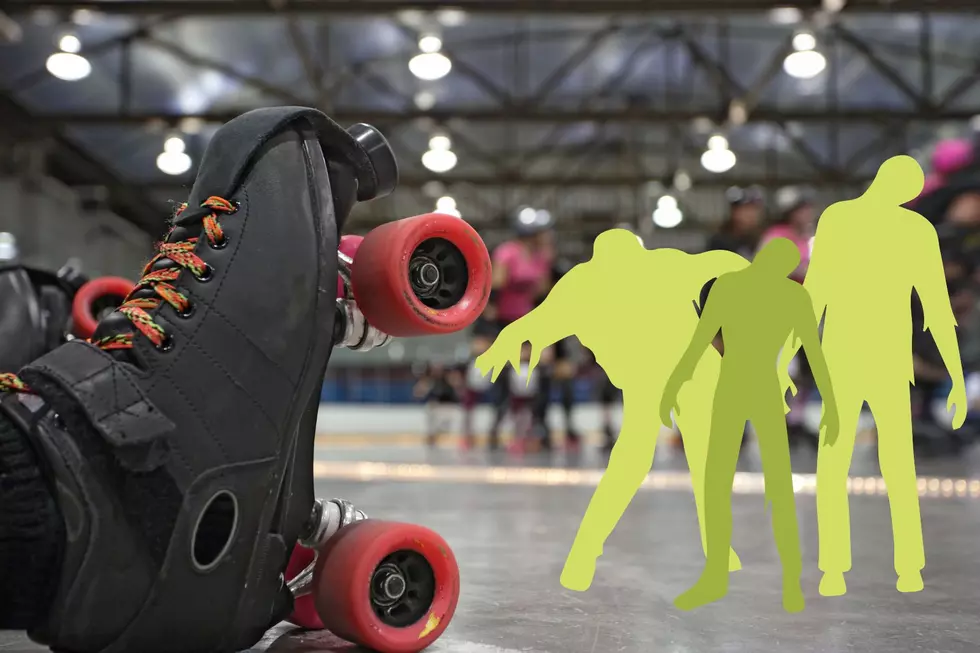
Rocky Mountain Lab in Hamilton Continues Major Upgrades
The Rocky Mountain Laboratories in Hamilton have two major projects happening simultaneously. The surrounding neighborhood is affected by a water main addition that will provide the NIAID campus with an additional main waterline. The installation is being done in coordination with the City of Hamilton and has caused traffic disruption on South 4th and 5th Streets and adjoining streets next to the lab.
The new waterline will provide a second water source from the city's system. That will also upgrade the surrounding water mains in the neighborhood, which will replace older lines and probably increase general water pressures.
Dr. Marshall Bloom, Associate Director of Scientific Management, told KLYQ that water played a part in the other project - the Rocky Mountain Comparative Medicine Center, which will become the main holding facility for housing test animals at the National Institutes of Health lab. Because there's a high groundwater table under Hamilton and a deep, full basement was needed in the $93 million building, a temporary "dewatering" permit was obtained from the state, so a deep foundation could be dug, along with an even deeper elevator shaft. Bloom said that part of the work was completed successfully, and concrete is continuing to be poured, increasing the height of the basement walls.

That building will upgrade facilities housing experimental animals, such as bats and ferrets, which are part of continuing studies on Lyme disease and other diseases. That research has been a specialty of the lab since its inception. The new facility will allow better zone environmental control such as air conditioning. Planning of the building was developed over the last four years. Construction is by Hensel Phelps and Jackson Contractor Group.
RML continues a full slate of research
The building, known as Building "B," is not expected to be completed and operational until 2024, at the earliest, Bloom said. The Rocky Mountain Labs are operated by the National Institute of Allergy and Infectious Diseases. It also has been continually involved in COVID-19 research. In fact, the first generally circulated images of the virus were from an electron microscope at the Hamilton lab.
Research was slowed during the pandemic with many people working from home, but Bloom said most of the researchers are back at work and new researchers have been added, working on tick-borne diseases. Research of Rocky Mountain Spotted Fever in 1900 led to the lab being built in the 1920s.



